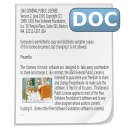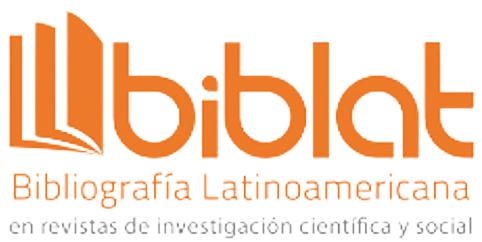Review of software process improvements
Abstract
Over time, different process improvement models have emerged to assess software quality and apply improvements based on the evaluation. Among the most outstanding are CMMI and ISO/IEC 15504, and MPS are the three main models for evaluating and improving software processes. The differences that are addressed in the article are benefits and maturity levels. CMMI is based on the ideas of evil reproduced in a framework with five levels. ISO/IEC 15504, formerly known as SPICE. It has a framework of 6 groups of maturity. MPS-BR is based on CMMI with the difference that it has seven maturity levels. The main difference between CMMI, MPS-BR, and ISO 15504 is their orientation. While CMMI is aimed at large companies, MPS-BR focuses on medium and small companies, and ISO 15004 is aimed at any company, whether large companies or PyMEs.
Downloads
References
F. Rabbanikhah, A. M. Jaghagh, R. M. Gholizadeh, S. Sabouri, and S. Alirezaei, "Analyzing effective factors in efficiency of organizational trainings (A Case Study: Employees of Ministry of Health and Medical Education)," International Journal of Humanities and Cultural Studies (IJHCS) ISSN 2356-5926, pp. 2136-2154, 2016
C. P. Team, Capability Maturity Model® Integration for Development Version 1.3 (Software Engineering Institute). 2010.
F. J. Pino, F. García, M. Piattini, Software process improvement in small and medium software enterprises: A systematic review. Software Quality Journal. 16, 237–261 (2008). DOI: https://doi.org/10.1007/s11219-007-9038-z
A. L. Mesquida, A. Mas, Implementing information security best practices on software lifecycle processes: The ISO/IEC 15504 Security Extension. Computers and Security. 48, 19–34 (2015). DOI: https://doi.org/10.1016/j.cose.2014.09.003
www.calidadygestion.com, ISO 15504. Calidad y Gestión (2021), p. 9.
Tutorialspoint.com. 2022. SEI CMMI - Niveles de Madurez. [online] Available at: [Accessed 8 July 2022].
Alvarado, R., Delgado, L., & Dávila, A. (2012, July). Mapeo y evaluación de la cobertura de los procesos de MPS. Br a los procesos de la categoría de Operación de MoProSoft. In Anais do XI Simpósio Brasileiro de Qualidade de Software (pp. 158-172). SBC. DOI: https://doi.org/10.5753/sbqs.2012.15314
Copyright (c) 2022 Innovación y Software

This work is licensed under a Creative Commons Attribution 4.0 International License.
The authors exclusively grant the right to publish their article to the Innovation and Software Journal, which may formally edit or modify the approved text to comply with their own editorial standards and with universal grammatical standards, prior to publication; Likewise, our journal may translate the approved manuscripts into as many languages as it deems necessary and disseminates them in several countries, always giving public recognition to the author or authors of the research.
























